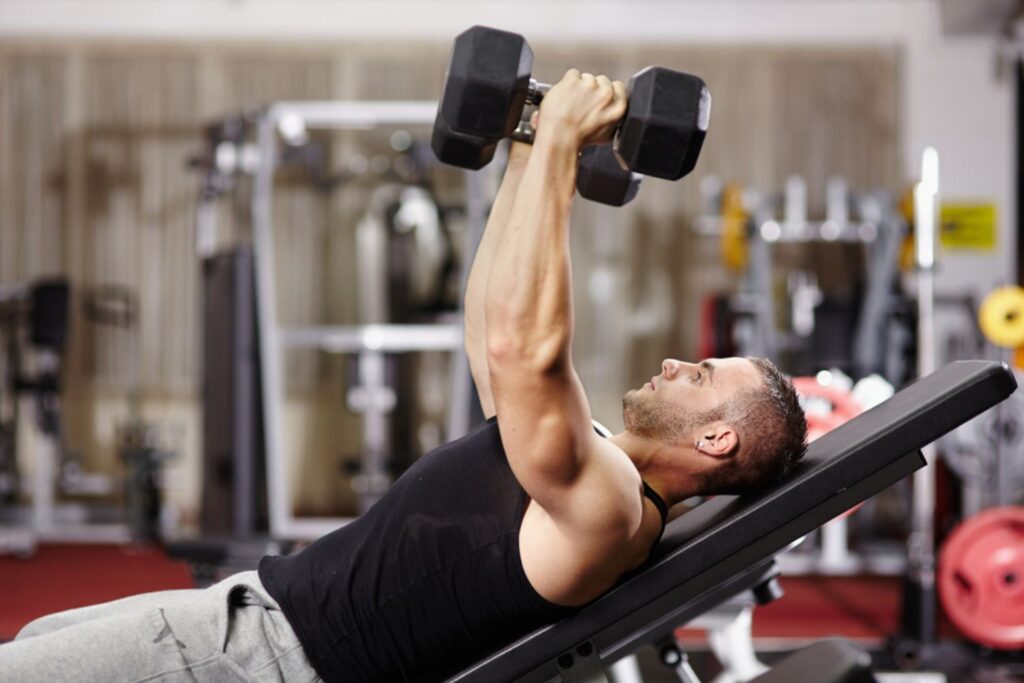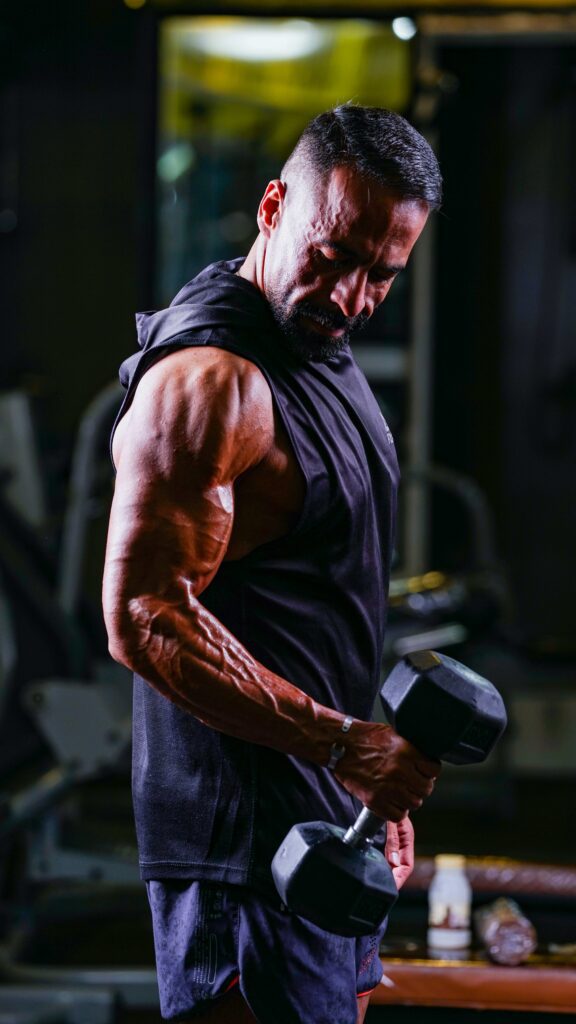Strength coach and Athlean-X founder Jeff Cavaliere C.S.C.S. has been ranking the best and worst ways to boost your gains in different muscle groups, including back and chest. In a new video, he tackles bicep builders, starting with the exercises you should probably ditch altogether, before moving onto the better ones, and finally, the top-tier moves which will help you achieve maximum hypertrophy.
Worst
Cavaliere starts out with the concentration curl, which isn’t necessarily a bad thing on its own, but which is frequently performed wrong. He explains that elbow positioning is everything here, and that too often people recruit other muscles to help with that leverage movement, making it an inefficient bicep exercise. Similarly, he dismisses the reverse curl as more of a brachialis exercise than bicep.
He also takes issue with the biceps pushup, which despite the name, “never is and never will be” a bicep exercise, as it is still a pushup, so by definition it targets the chest, triceps, and shoulders.
Better
The inverted chin curl actually does engage the biceps, but it ranks low here because as a bodyweight exercise it is difficult to add progressive overload. Cavaliere also includes the Zottman curl in this category, as the first portion of the movement recruits the biceps before moving into pronation.
An alternative to the concentration curl here is the preacher curl, which is an arm-building staple. However, Cavaliere points out that just because you’ve got the pad supporting this move, doesn’t mean you should get cocky when it comes to loading more and more weight. He’s also a fan of cable curls, but they don’t rank any higher because there is only really resistance at the absolute upper end of the range of motion, meaning you’re not getting bang for your buck on a rep by rep basis.
Better Still
Another cable exercise which offers greater efficiency is the cable flex curl, which involves a higher anchor point and so introduces shoulder flexion into the movement, enabling good peak contraction at the top of the rep.
When it comes to hitting the long head of the muscle effectively, Cavaliere says the drag curl is unique: “When we get the elbow traveling back behind the body… we get more of a stretch on the long head of the biceps,” he says. For the short head, he recommends the spider curl, which is a better option than the preacher curl as it has more range of motion and freedom of movement.
A bicep move that Cavaliere frequently refers back to is the waiter curl, where you hold a single dumbbell vertically, placing the bicep into direct line of pull. “What we’ve got here is an exercise with built-in effectiveness,” he says.
Almost Best
In terms of bodyweight exercises that actually allow you to overload the biceps, Cavaliere recommends the chinup.
When it comes to maximizing range of motion, the incline dumbbell curl is a good choice as it allows the arm to extend and travel back behind the body on the bench, reaching a passive stretch position at the lower end of the rep. It’s worth noting, though, that this can be a difficult one if you have shoulder, wrist, or elbow issues.
Another “almost favorite” which doesn’t quite make the cut of best moves is a classic: the barbell curl. “There’s one limitation here,” says Cavaliere. “The fixed bar. You have no option to split the hands up left or right, meaning you have no way to expose any underlying muscle imbalances.”
Best
An exercise which eradicates the drawbacks of the barbell curl is the alternating standing dumbbell curl, which allows you to identify imbalances, and can be switched up with all kinds of variations and grip changes. “The built-in versatility here is immeasurable,” says Cavaliere.
This article was first published on Men’s Health US.
















